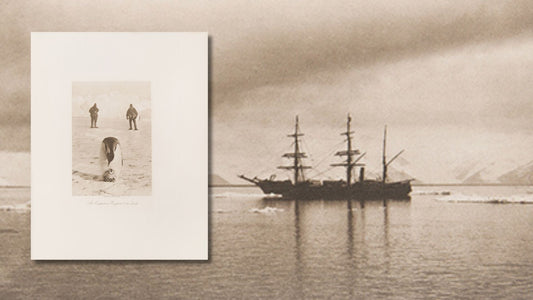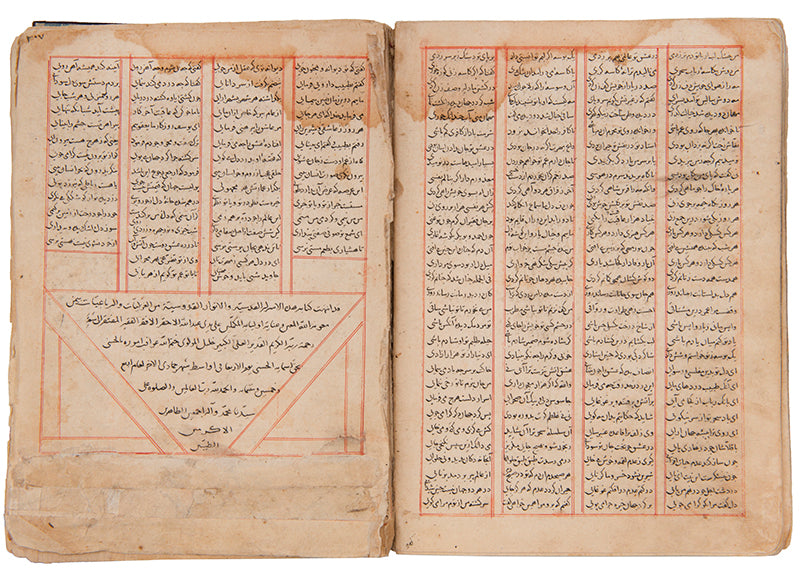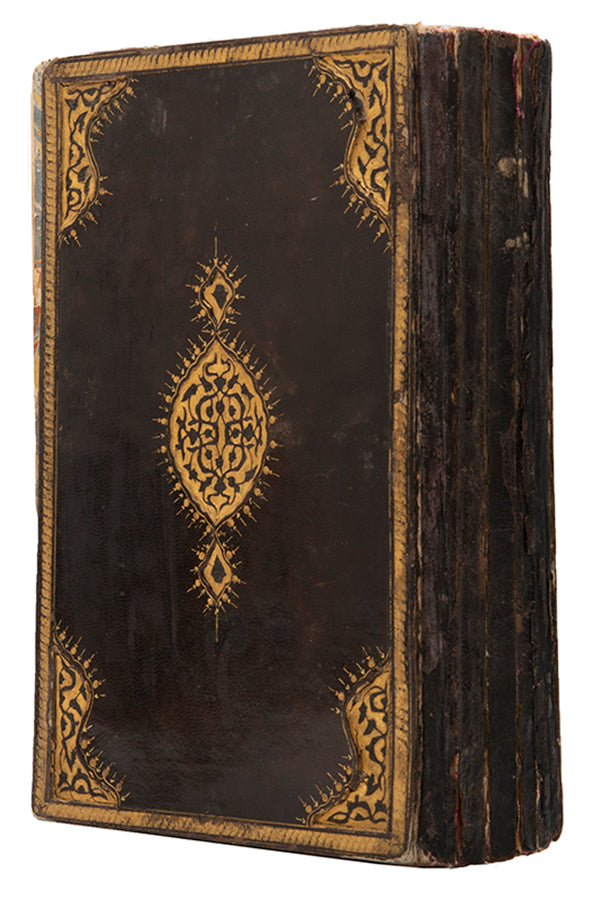RUMI, Jalal al-Din Muhammad.
Divan'e Shams'e Tabrizi,
Divan'e Shams'e Tabrizi,
an early recension formed of the Ghazaliyat and Rubayat, copied by Khalil al-Malawi.
Stock Code 106263
Anatolia, possibly Konia, dated Jumada II [7]54 AH (July 1353 AD).
Jalal al-Din Rumi (1207-1273) was a Persian poet, originally from greater Khorasan, who is best known for his Sufi poetry that has transcended linguistic and cultural borders since it was compiled in the 13th century, giving Rumi the alternative names 'Mawlana ' and 'Mawlavi' which translate as the 'Master'. His Mathnavi (collected poems, also the term assigned to a form of Persia meter) is a pillarstone of Sufi literature, formed of a vast collection of self-reflective lyrical anecdotes of Sufi wisdom inspired by the Qur'an and Islamic teachings. Rumi formed his verses in a spontaneous manner as a reflection of events or thoughts that appeared to him over the course of his everyday life, a style of authorship that very much set him aside from his contemporaries. The revelatory nature of the composition and loosely connected narrative of didactic stories made Rumi's works immensely popular with Eastern and Western audiences alike, making him one of the most collected poets internationally since his death in 1273 AD.
The present text is an early recension of Rumi's Divan'e Kabir, also known as the Divan'e Shams'e Tabrizi, which was likely compiled in circa 1246 during the poet's time in Anatolia. The text is a collection philosophical musings by Rumi that explore themes of love and loss. Shams'e Tabrizi (1185-1248 AD) was a Sufi dervish and poet, known to have formed a close bond with Rumi when they were both in Konya, acting as his spiritual teacher and leader. In 1246 Shams abruptly left Konya and Rumi started compiling verses in the form of love letters pleading for his friend and master's return. Shams returned a year later only to disappear again in 1248, never to be seen by Rumi again and presumed dead. Upon Shams' second disappearance Rumi returned to his poetry and wrote many verses lamenting the loss of his partner. These combined collections of poems about Shams are called Divan'e Shams'e Tabrizi and portray very strong themes of Sufi love, loss, friendship and a longing for divine unity that have transcended temporal barriers to remain one of the poet's most celebrated literary achievements.
The colophon at the end of this manuscript stipulates that it was copied by Khalil al-Malawi in the year 654 AH (1256 AD), however this same scribe is known to have copied multiple other manuscripts during the mid-fourteenth century: thus one can assume that the intended date for this manuscript was in fact 754 AH, when this scribe was active. This dating indicates that the manuscript was copied only 80 years after the death of Rumi, making it one of the earliest dated copies of this text. The only other dated manuscripts to precede the present example are from 1304, 1323, 1327 and 1340 respectively, making this the fifth earliest dated Rumi manuscript of the Divan'e Shams'e Tabrizi. The other records are all housed in institutions, including Tehran University Library (two copies) and another in the Museum of Konya, where they will likely remain for the foreseeable future; opportunities to acquire manuscripts of this literary significance are few and far between.
Though there is little documentation about the scribe, the regular hand and composition of this manuscript indicate that Khalil al-Malawi was a skilled calligrapher in medieval Anatolia. The paper on which this manuscript has been copied is thick fibrous Damascan buff paper, polished to create a sheen and of a very high quality for this period. Although the binding is later, likely mid- to late- sixteenth century, it is a very fine example of it's kind and probably of Ottoman origin with contemporary marbled paper doubleurs.
Single volume, decorated manuscript on thick polished fibrous buff paper, in Farsi, 311 leaves (with two later endleaves at each end), 250 x 175 mm; text in four columns, 31 lines cursive naskh script, headings in red, catch-words throughout and leaves foliated in a later hand, columns double-ruled in red, a few later marginal annotations, some later ink inscriptions in red and black ink, these in Ottoman Turkish and Farsi, a few scattered ink smudges else very clean and attractive condition internally; early sixteenth-century Ottoman leather over pasteboards, covers with cut-out central medallions and corner-pieces willed with filigree detailing against a gilt backdrop, ruled in gilt, marbled paper pastedowns, an attractive early binding.
Couldn't load pickup availability
Provenance
Provenance
Delivery
Delivery
We offer secure and express delivery on all local and international orders of rare books, maps and prints placed through this website.
About us
About us
Shapero Rare Books is an internationally renowned dealer in antiquarian & rare books and works on paper.
Our Bookshop and Gallery can be found in the heart of Mayfair at 94 New Bond Street, where most of our stock is available to view and on public display.
We exhibit at major international art fairs, including TEFAF (Maastricht and New York), Frieze Masters, Art Miami and Masterpiece London, as well as antiquarian & rare book fairs including New York, Paris, London, Los Angeles, San Francisco and Hong Kong.










